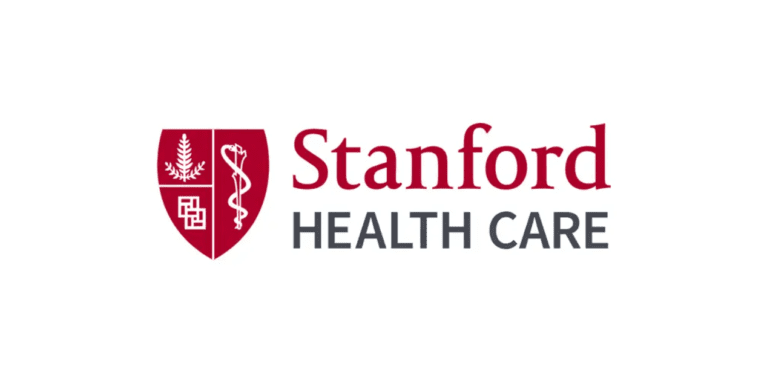TL;DR:
- Stanford Health Care utilizes AI and ML to address clinical deterioration challenges in healthcare.
- Dr. Shreya Shah, an expert in clinical informatics, leads the AI integration efforts at Stanford.
- Complex patient profiles in hospitals make early detection of clinical deterioration difficult.
- AI and ML were chosen to identify high-risk patients and facilitate collaborative care.
- Focus on structured workflows, system integration, team building, and scalability.
- Real-world impact includes a 20% reduction in clinical deterioration events.
- Qualitative evaluations show improved alignment and coordination among care teams.
Main AI News:
Detecting clinical deterioration in patients is a critical challenge faced by healthcare providers worldwide. Early identification of signs and symptoms can significantly reduce mortality rates and improve patient outcomes. Stanford Health Care, a leading academic medical center, has taken a bold step towards addressing this challenge by integrating artificial intelligence (AI) and machine learning (ML) into its clinical decision support systems. In this article, we delve into how Stanford Health Care has harnessed AI and ML to enhance patient care, reduce clinical deterioration events, and improve the overall healthcare experience.
The Expert Behind the Transformation
Dr. Shreya Shah, a board-certified practitioner in clinical informatics and an expert in healthcare integration of artificial intelligence, is leading the charge at Stanford Health Care. Her expertise has played a pivotal role in the integration of AI into clinical workflows and decision-making processes.
A Collaborative Approach
The complexity and severity of patients in hospital settings are on the rise, making the detection of clinical deterioration even more challenging. Early signs can be subtle and vary between patients, often requiring assessments of large amounts of data that change over time. Communication gaps, information overload, and cognitive biases can lead to unanticipated clinical deterioration, with dire consequences.
To address these challenges, Stanford Health Care recognized the need for standardized workflows that empower all care team members in patient care decisions. This realization led to the integration of AI and ML as a means to identify high-risk patients and align care teams around a collaborative, standardized clinical response.
The Role of AI and ML
AI and ML were chosen as the way forward due to their ability to identify patients at an increased risk of clinical deterioration without burdening clinicians with additional tasks. The focus was not solely on the accuracy of model predictions but rather on creating structured collaborative workflows that prompt care teams to assess risk and respond effectively.
Key Implementation Areas
- System Integration: Stanford Health Care designed a system that seamlessly integrated the ML model into its complex healthcare ecosystem.
- Team Building and Process Enhancement: Effective teams and processes were established to enable collaborative workflows, ensuring a coordinated response to flagged patients.
- Sustainability and Scalability: AI-integrated systems were deployed in a manner that is both sustainable and scalable for the healthcare enterprise, aligning with clinical, operational, and strategic needs.
Real-World Impact
One notable example of the success of Stanford Health Care’s AI initiative is the clinical deterioration model. This model was rigorously validated and integrated into the Electronic Health Record (EHR) system with full transparency. Mobile alerts were sent to care teams, and the ML model continuously updated risk predictions every 15 minutes.
The model’s effectiveness in predicting clinical deterioration events, such as unplanned ICU transfers within a 6- to 18-hour window, led to a 20% reduction in such events. Moreover, qualitative evaluations found that the model facilitated alignment and coordination among multidisciplinary team members, resulting in consensus and consistent workflows.
Conclusion:
Stanford Health Care’s successful integration of AI and ML into clinical workflows sets a benchmark for the healthcare market. Their approach not only reduces clinical deterioration events but also enhances collaboration and patient care. This demonstrates the potential of AI to revolutionize healthcare practices and improve patient outcomes, making it a significant driver for innovation in the healthcare market.

